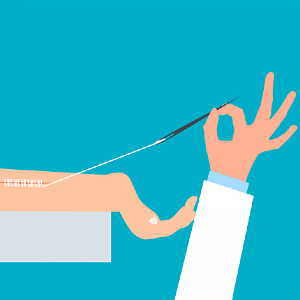Teaching suturing skill to emergency physicians: the experience of a hands-on practical training in a laboratory simulation-based setting

Accepted: 12 May 2023
All claims expressed in this article are solely those of the authors and do not necessarily represent those of their affiliated organizations, or those of the publisher, the editors and the reviewers. Any product that may be evaluated in this article or claim that may be made by its manufacturer is not guaranteed or endorsed by the publisher.
Authors
Both specialists and trainees in emergency medicine are often unaware of the principles of good suturing. Hands-on training course was proposed to both members of the staff (group A) and trainees (group B) of the emergency department of our hospital. Familiarity with all aspects of the operation, pre-course 0%, postcourse 79% (group A) and 85.71% (group B) - p<0.000); clear economy of movement and maximum efficiency, pre-course 0%, post-course 73.8% (group A) and 89.80% (group B) - p<0.000; fluid moves with instruments and no awkwardness, pre-course 0%, post-course 73.8% (group A) and 89.80% (group B) - p<0.000; obviously planned course of operation with effortless flow from one move to the next, pre-course 0%, post-course 79% (group A) and 89,80% (group B) - p<0.000; strategically used assistants to the best advantage of all time, pre-course 0%, post-course 73,8% (group A) and 89,80% (group B) - p<0.000; improvement in dexterity, 79.5% of students post-course). The course was judged very useful by 94.8% of students. Attending suturing skill courses could be very useful for both trainees and specialists in emergency medicine.
How to Cite

This work is licensed under a Creative Commons Attribution-NonCommercial 4.0 International License.
PAGEPress has chosen to apply the Creative Commons Attribution NonCommercial 4.0 International License (CC BY-NC 4.0) to all manuscripts to be published.

 https://doi.org/10.4081/ecj.2023.11417
https://doi.org/10.4081/ecj.2023.11417








